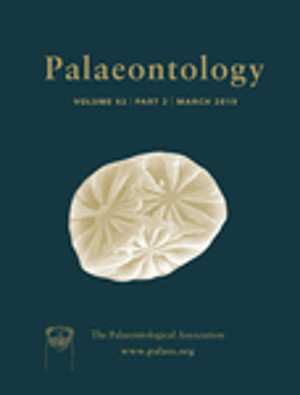Reg. Charity No. 1168330

The palaeoecology of Spinicaudata, the dominant group of benthic invertebrates in many pre‐Cenozoic freshwater environments, remains poorly understood. In analogy with extant taxa, it has been oversimplified and often reduced to shallow, temporary environments characterized by few trophic levels, implying ecological stasis from the Devonian to the Recent. We excavated 43 horizons of the Lower Cretaceous Yixian Formation (Anjiagou and Hengdaozi beds) to evaluate whether spinicaudatan ecology can be simplified to such an extent. Sedimentological evidence suggests general perennial conditions during the excavated lake interval. Based on 33 226 specimen counts, we identified three arthropod‐dominated macrobenthic associations and two assemblages. Response curves indicate that the spinicaudatan Eosestheria middendorfii was exceptionally tolerant to environmental gradients, followed, in decreasing order, by mayfly larvae, water boatmen and oligochaetes. Many spinicaudatan‐yielding layers represent death after reproductive senescence rather than mass‐mortality events. Spinicaudatan size varies significantly according to faunal association. A forward stepwise regression model suggests that growth responded to population density and diversity: lower densities and higher diversities triggered fast growth, and vice versa. The proposed strong density effect on carapace size has been corroborated by rearing experiments: as for E. middendorfii, natural log regression provided the best fit for the two extant species Eulimnadia texana and Eocyzicus argillaquus. Hence, E. middendorfii was a tolerant and morphologically variable species adapted to perennial waters and the frequent presence of higher trophic levels. Although there are rare records of extant taxa co‐occurring with fish, the described Early Cretaceous environment is commonly not inhabited by extant Spinicaudata.